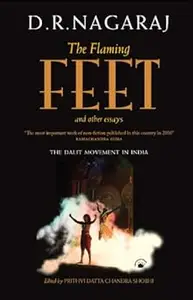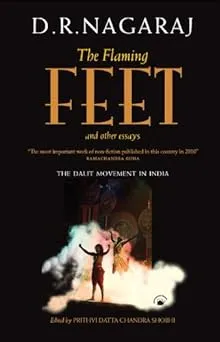NAGARAJ D R, "The Flaming Feet and Other Essays: The Dalit Movement in India"
English | ISBN: 817824358X | 2012 | 254 pages | EPUB | 841 KB
English | ISBN: 817824358X | 2012 | 254 pages | EPUB | 841 KB
Described by Ashis Nandy as the foremost non-Brahmin intellectual to emerge from India's vast non-English speaking world, D.R. Nagaraj (1954-1998) was a profound political commentator and cultural critic. Nagaraj's importance lies in consolidating and advancing some of the ideas of India's leading Dalit thinker and icon, B.R. Ambedkar.
Following Ambedkar, Nagaraj argues that the Dalit movement rejected the traditional Hindu world and thus dismissed untouchable pasts entirely; but, he says, rebels too require cultural memory. Their emotions of bewilderment, rage, and resentment can only be transcended via a politics of affirmation. This book gives us Nagaraj's vision of caste in relation to Dalit politics. It theorizes the caste system as a mosaic of contestations centred around dignity, religiosity, and entitlement. Examining moments of untouchable defiance, Nagaraj argues out a politics of cultural affirmation within his redefinition of Dalit identity. More significantly, he argues against self-pity and rage in artistic imagination, and for re-creating the banished worlds of gods and goddesses.
Nagaraj's importance lies in suggesting a framework for an alliance of all the oppressed communities of India. This involves, first, a reconciliation of Gandhi and Ambedkar; second, a recognition that modernity has caused a technocide vis-a-vis artisans; third, a reimagining of the Dalit rejection of history, for an alternative reading of untouchable pasts shows that these humiliated communities possessed an autonomous cultural domain.
Read more



